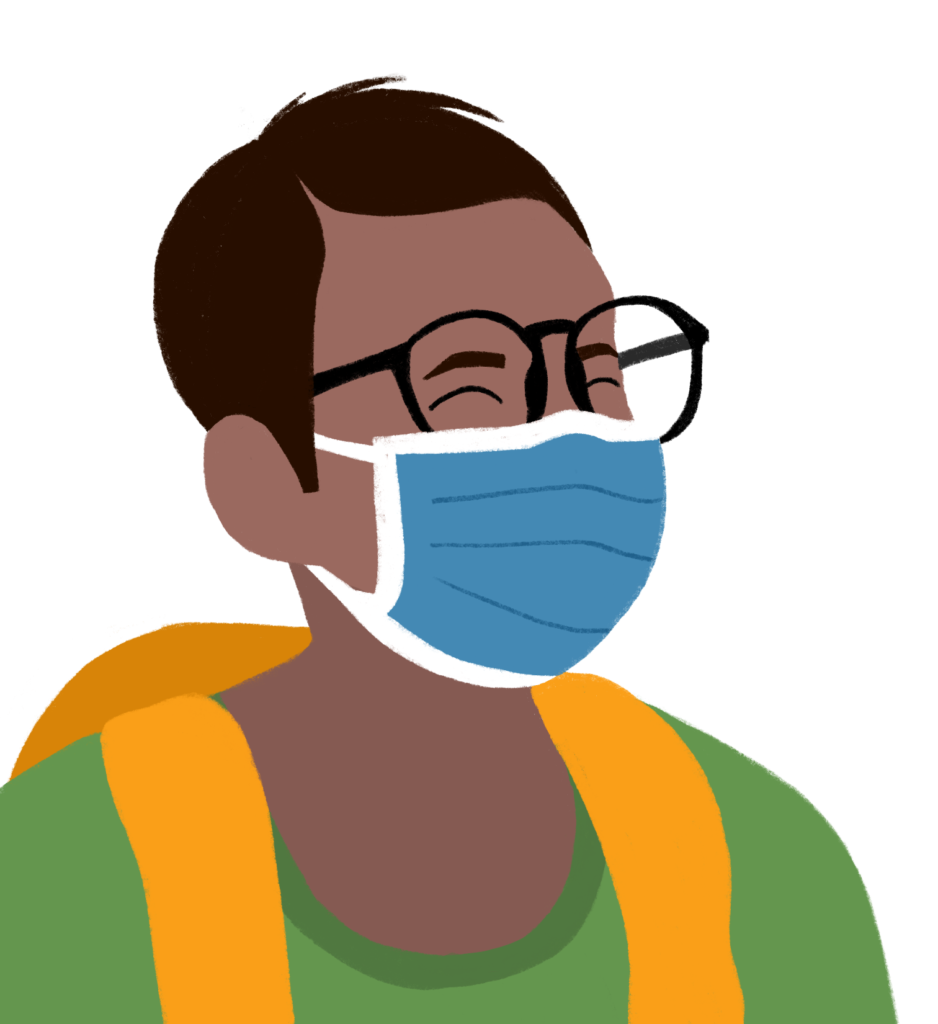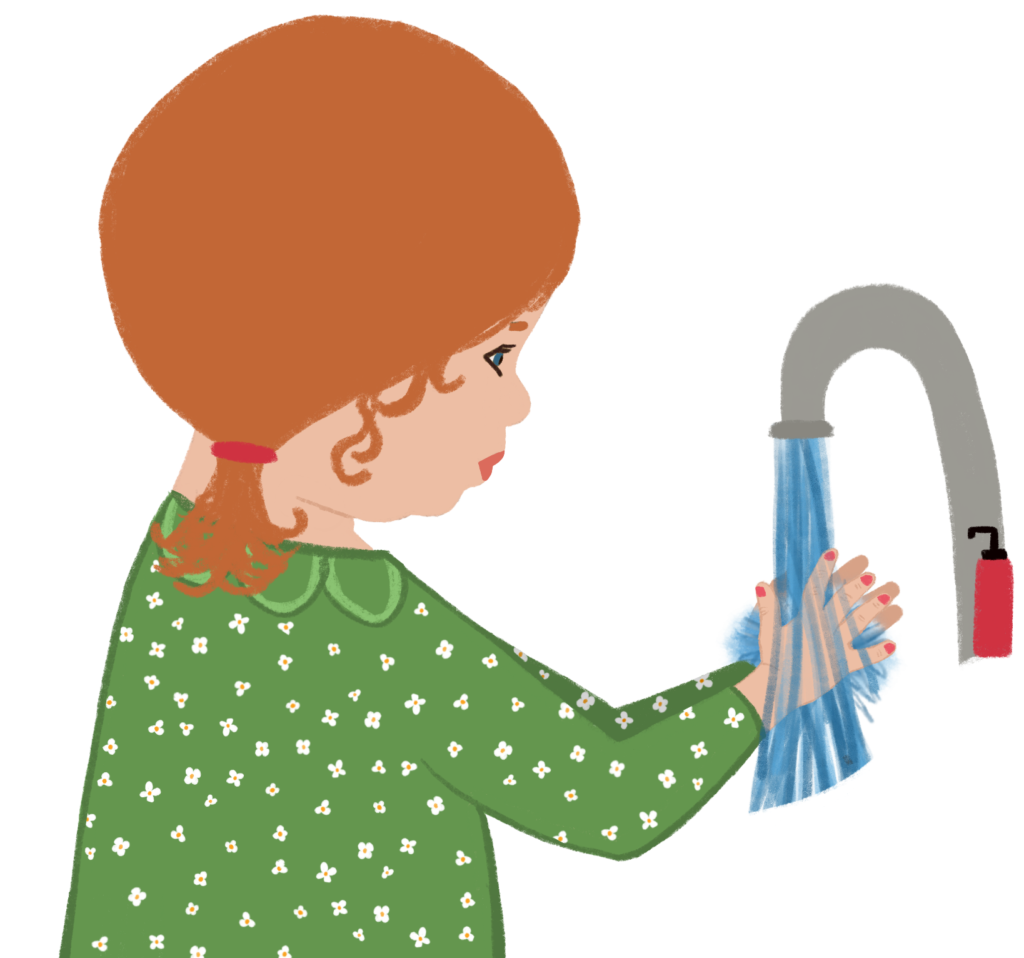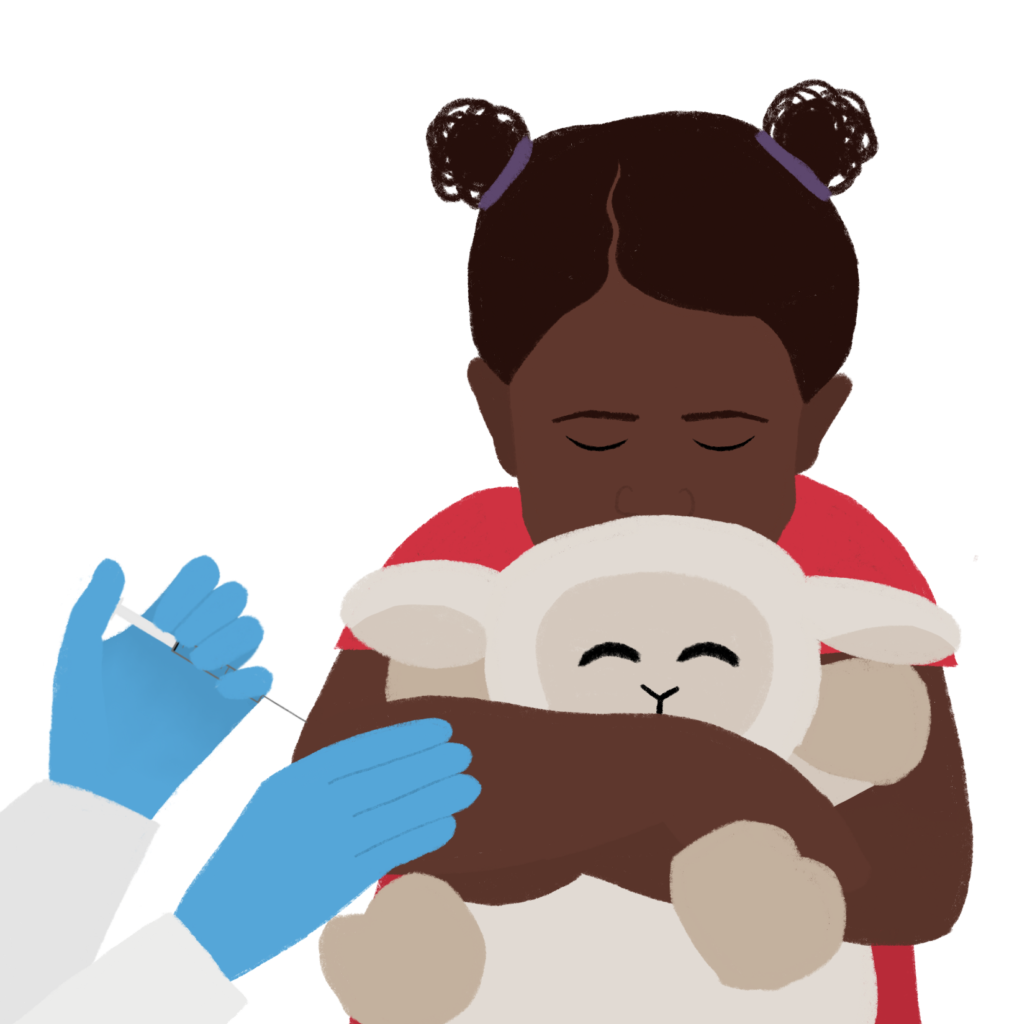
If Everyone Did
As humans we must live with sickness and disease. But we can also control it. Pandemics are outbreaks of disease all over the world. Epidemics are small outbreaks of disease in one part of the world. We can prevent epidemics and pandemics through hand washing, wearing masks when sick or in crowded spaces, and getting vaccines. If only a few people do these things, everyone will still experience epidemics and even pandemics from diseases. But if everyone did, we could prevent much more disease in our world.
How Vaccines Work


Vaccines Can Either Control or Eliminate Disease
- Vaccines allowed us to completely remove smallpox from the entire world in 1980.
- Polio vaccination that began in 1955 was able to reduce polio infections each year by about 94% by 1962.
- In 1990 we began giving a vaccine against Haemophilus influenzae to 2-month infants. Over the next 8 years the number of babies with this infection each year dropped 99.8%.
- Influenza vaccines are updated every year since the virus changes so often. Because the flu virus is a shapeshifter and very contagious, we cannot get rid of it entirely. But annual vaccines reduce the number of people who get sick or need to be hospitalized due to flu, keeping it under control, so to speak.
Frequently Asked Questions
Are Vaccines Safe?
Vaccines and medicines go through several stages of safety testing before being released to the public. But even after completing this testing, safety monitoring continues for as long as a vaccine is being used (called post-marketing surveillance). There are several systems used and studies conducted using electronic data to calculate how often side effects or adverse health events happen after a vaccine is given. This monitoring is done by scientists and vaccine manufacturers.
The United States also uses an online system called Vaccine Adverse Event Reporting System (VAERS) to help with this ongoing safety monitoring. Anyone can make reports to this system – parents, patients, doctors, nurses. If enough reactions are reported after getting a vaccine, scientists investigate to see if the vaccine is the cause or if it was coincidence.
In 1998, a new vaccine for rotavirus was approved in the U.S. Over 7,000 infants had gotten the vaccine during studies before it was available to the public. About 900,000 infants got this vaccine over the next year. By 1999 there had been enough reports through VAERS of reactions to this vaccine that scientists were able to investigate and confirm the vaccine was the cause. It was pulled from the market immediately. It took less than a million infants for this problem to show up in the VAERS system.
Since the beginning of the pandemic, over 30 million children and teens have received the COVID-19 vaccine. There have been reports about reactions to the VAERS system about the COVID-19 vaccine as well. The most common reactions are fever, body aches, and fatigue. Some children, particularly teenaged boys, have had inflammation around the heart after COVID-19. But teenaged boys who are not vaccinated and are infected with COVID-19 are 6 times more likely to get the same inflammation of their heart.
Was the COVID vaccine research rushed?
In order to market a vaccine to the public, there are several phases of testing and approval that have to be completed. Usually these phases go in order, one after the other. First the safety phase, then a bigger safety phase, then the phase to see if the vaccine works, and then approval and manufacturing. At the start of the COVID-19 pandemic, vaccine manufacturers began several of the phases at the same time, or at least with some overlap. The overall time to approve and produce COVID vaccine was shorter than usual, but no phases were skipped.
- Phase 1 and 2: These are usually very small safety studies. Phase 2 studies are very similar but with thousands of people.
- Phase 3: Once a vaccine passes both safety phases, scientists begin testing whether the vaccine prevents disease – it’s safe, but does it work?
- COVID vaccines: The first two safety phases overlapped for COVID – large safety studies began before the small studies were complete. This was possible because there were so many volunteers wanting to join the study. Phase 3, the ‘Does it Work?” phase, was also started before the safety phases were done. All phases were still completed, but the timelines overlapped each other.
- Approval and Manufacturing: Usually a vaccine company will not ask for government approval until all the research is done and they are certain it will be approved. Usually, a vaccine company also will not start mass producing a vaccine until they have approval, that’s a waste of time and money. With the COVID vaccines, companies began applying for approval before the studies were done, so that as soon as they finished, they could rush the final data over for approval. They did the paperwork early. They also started mass producing vaccines long before approval was given. Therefore so many people were able to get the vaccine shortly after approval – it was already made. >This means that the increased risk from accelerating COVID vaccine production was assumed by drug companies and volunteers in early trials. But by the time the vaccines made it to mass distribution, they had just as much safety data as other vaccines.
- This means that while the timeline was shorter than usual, all the same studies were completed on COVID vaccines as on other vaccines. And any increased risk along the way was assumed by volunteers in the studies, and the vaccine companies who made thousands of vaccines before knowing if they would be able to use them. That’s courage!
Were fewer people tested in COVID vaccine clinical trials?
Nope! See how many people participated in clinical trials for other vaccines we regularly give to children:
- Prevnar13: 4,729
- Pediarix: 23,849
- Menveo: 36,146
Pfizer COVID vaccine: 46,331
What about long term effects?
Long term side effects from vaccines are incredibly rare, but they are real.
- In 2009, a European influenza vaccine was found to cause narcolepsy, a problem staying awake, in 1 in 55,000 people who were vaccinated. That is 0.002% of people who received this version of the flu vaccine (no longer available).
- In 1976, a flu vaccine caused a form of paralysis caused Guillain-Barre Syndrome in 1 in a million people who received the vaccine – that’s 0.0001% of people who get the vaccine. Guillain-Barre is usually temporary but can have lasting effects. This vaccine is also no longer available.
- Some people, also about 1 in a million, who receive Yellow Fever vaccines will develop a version of Yellow Fever itself which can cause lasting damage to body organs.
- Some people who took a live polio vaccine by mouth (no longer used in the U.S.) may get polio; polio can cause permanent paralysis. This happens in about 1 in 2.4 million people who get the vaccine, that’s 0.000042%.
Every one of these long-term adverse effects from vaccines began within 2 months of a vaccine being given. Thus far, there has never been a vaccine to cause long term adverse effects that began more than 2 months after the vaccine was given. Science can never tell us that something will not happen in the future. But in the case of vaccines, history can give us a good deal of confidence about when we will see side effects.
